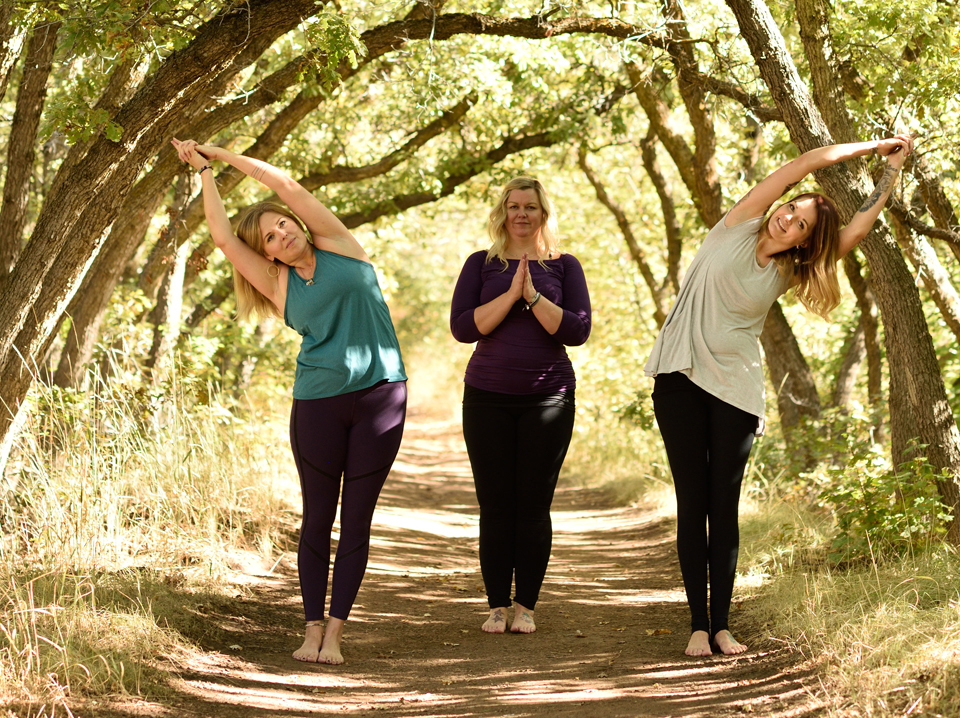 Depending on where you live in the world, today may be the longest day in the year. Summer solstice can fall anywhere between June 21st and 22nd. Here in Salt Lake City, solstice occurred last night at 10:24 pm. In Mumbai, it happened this morning at 9:24 am.
Depending on where you live in the world, today may be the longest day in the year. Summer solstice can fall anywhere between June 21st and 22nd. Here in Salt Lake City, solstice occurred last night at 10:24 pm. In Mumbai, it happened this morning at 9:24 am.
The year’s longest day is reason enough to celebrate. But on December 11, 2014, the United Nations gave us another reason. At the request of India’s Prime Minister, Narendra Modi, the UN designated June 21st as the annual International Day of Yoga.
Modi requested summer solstice to honor the yoga tradition because of its universal significance to cultures around the world. Yoga’s appeal has also become universal; 175 nations joined to cosponsor the resolution, the highest number of cosponsors ever for a United Nations General Assembly resolution.
In his request to designate a day honoring yoga, Modi stated: “Yoga is an invaluable gift of India’s ancient tradition. It embodies unity of mind and body; thought and action; restraint and fulfillment; harmony between man and nature; a holistic approach to health and well-being. It is not about exercise but to discover the sense of oneness with yourself, the world and the nature.”
Celebrating International Day of Yoga
When you think of summer solstice and yoga, the first mode of celebration that comes to mind might be practicing sun salutations. Makes sense. After all, it is the sun’s big day. But as Modi stated in his UN request, yoga is about so much more than physical movement. He spoke of the things that separate yoga asana from other forms of physical practice: yoga unites mind and body, thought and action, restraint and fulfillment, harmony between man and nature. Without these ideals, physical yoga would not necessarily rise to the level of a UN resolution.
In honor of International Day of Yoga, here are four other ways you might want to celebrate the most transformational aspects of practice:
- Commit to the yamas. In the Eight Limbs of Yoga, the first limb—yoga’s true foundation—is called yama. The yamas are ethical precepts for living a harmonious life. They include: ahimsa, non-harming; satya, truthfulness; asteya, non-stealing; brahmacharya, wise use of your sexual energy; aparigraha, non-greed or generosity. Any one of these practices can take a lifetime to understand and refine. Choose one and commit to practice it mindfully for a year (at least). Read about it. Resolve to practice it in your relationships. Check in every month to see how your way of living in the world may have shifted. While I’m writing just a short paragraph about this, it is actually a very big commitment. But it’s one that has the power to transform your life and the lives of those around you.
- Commit to the niyamas. The second of the Eight Limbs is niyama. Niyamas are daily-life practices that help refine your life to allow the peaceful mind to emerge. The niyamas are: saucha, purity of mind, body and environment; santosha, cultivation of contentment, tapas, commitment to and enthusiasm for practice; svadyaya, self-study and study of enlightened texts; isvara pranidhana, surrender of your practice to a greater reality (whatever that means to you). Like the yamas, each niyama offers a lifetime of exploration and refinement. It’s easiest to choose one at first, and integrate it into your life in as many ways as you can imagine.
- Meditate. The last three limbs of yoga, dharana (concentration), dhyana (meditation) and Samadhi are considered to be the “heart of yoga.” Take time to sit still, without any distractions, and tune into the sensations in your body. Thoughts will come—not a problem. You don’t need to get lost in the stories they tell or to try to rid your mind of them. Just be aware that thinking is happening. This post gives suggestions for how to kick-start a meditation practice.
- Go outside, and not just because there’s a minute or two more of sunlight today. In Modi’s request to the UN, he mentioned yoga’s embodiment of “harmony between man and nature.” Spending time outdoors connects us with the larger world, outside our smaller selves—much like practicing the yamas and niyamas can help us live in the bigger picture. Take a hike in nature if you can, or at least take a mindful walk around the block.
So, salute the sun today. Then contemplate how you might commit to the deeper aspects of yoga.
If you’re interested in learning more about the Eight Limbs of Yoga, read my book, Mindful Yoga, Mindful Life: A Guide for Everyday Practice.
